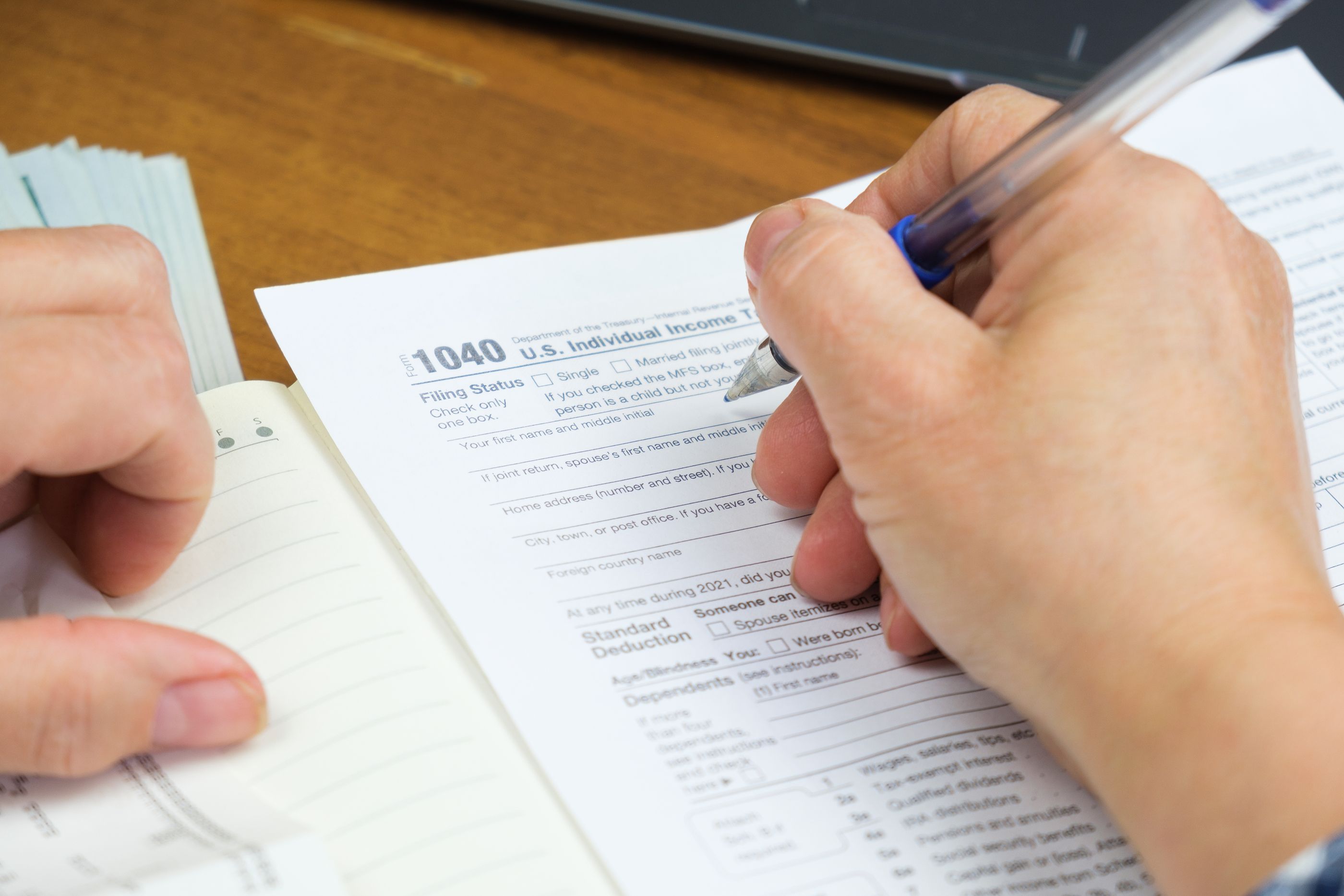.jpg)
Are you a property owner looking for ways to reduce your annual tax burden? These homeowner tax incentives can help lower your taxable income and result in huge savings when filing. In this article, we’ll discuss the most common homeowner tax incentives that could benefit you this year.
Homeowner tax breaks that will save you money
.jpg)
The interest you paid on your mortgage
For homeowners who itemize, the interest paid on your mortgage is usually a pretty hefty tax deduction. This amount depends on when you took out your loan: if it was after Dec. 16, 2017, you can deduct up to $750,000 (or up to $375,000 if married and filing separately); for loans taken out between Oct. 14, 1987, and Dec. 15, 2017, you can deduct up to $1 million ($500,000 if married and filing separately); and for refinanced mortgages, the limit depends on the origination date of your first loan. All interest may be deductible if your loan predates Oct. 14th, 1987.
What you paid for discount points
If you’re within the limit to deduct all your mortgage interest, you may also deduct the discount points you paid when the loan closed. Discount points can lower the mortgage's interest rate and cost 1% of the total mortgage amount. It is important to note that there are other types of fees called "loan origination points" which do not qualify for a deduction—instead, these go toward covering lenders' costs in providing loans.
Some renovation costs—especially medically-necessary improvements
When determining your medical expense deductions, you may include the cost of installing healthcare equipment or other medically-required home improvements that benefit you and your household. However, permanent improvements that increase the value of your home are only partially deductible; the amount must be subtracted from your increased property value. In contrast, many modifications that make a home more accessible (building entrance ramps, wide doorways, railings, and support bars) do not raise a property’s worth and can be fully deducted.
Home office expenses
If you’re self-employed and use part of your home regularly and exclusively for business purposes, you may be eligible to deduct home office expenses. The IRS website provides information on how to determine if your space qualifies for a tax deduction as well as worksheets for calculating the amount. You can choose either the "simplified method" or calculate your actual expenses when figuring out the deduction.
Property taxes
You may deduct a maximum of $10,000 ($5,000 if married and filing separately) for the combination of property taxes, state, and local income taxes, or sales taxes when filing your personal income taxes.
What you need to know about multi-family residence deductions
People who purchase and operate rental properties can take advantage of various tax deductions that differ from those available for a primary residence owned by the homeowner.
These include:
Asset depreciation
Depreciation is a unique tax benefit of rental property. According to the Internal Revenue Service (IRS), residential property has a depreciable lifespan of 27.5 years, while non-residential real estate has a depreciable lifespan of 39 years. This allowance is provided for expected wear and tear or obsolescence when owning the property over time. Furthermore, larger purchases like appliances or furniture may also be depreciated by owners over the item’s lifetime.
Repairs
Repairs to rental properties are generally deductible on tax returns. This includes fixing a broken banister or replacing a damaged garage door. However, upgrades and improvements such as adding a new shed or remodeling a bathroom are not considered repairs, but they can be depreciated over the useful life of the property. If you provide tenants with rental credits in exchange for performing repairs, this credit can also be deducted as an expense even though it will be considered income.
Operating expenses
Expenses related to tenant screening, such as background checks, credit reports, and reference checks are generally deductible. Other costs associated with the upkeep of the property or landlord-paid utilities may also be eligible for deduction. These expenses can include lawn care, painting, appliance maintenance and repairs, carpet cleaning, pest control, and seasonal maintenance (gutter cleanings, tree pruning, snow removal, etc.) as well as your Homeowners' Association dues.
Is it worth the trouble to claim these tax breaks?
For homeowners, tax deductions can amount to thousands of dollars. However, it is only worth itemizing if the sum of all your deductions exceeds the Internal Revenue Service's (IRS) standard deduction for the 2022 tax year. The standard deduction amounts are as follows: $25,900 for married couples filing jointly; $12,950 for single filers and married individuals filing separately; and $19,400 for heads of households.
Looking for more tips?
If you're uncertain of the steps to take or need advice tailored to your situation, our team is here for you. Our real estate agents are knowledgeable about the intricacies of our current market and can answer any questions you have.






